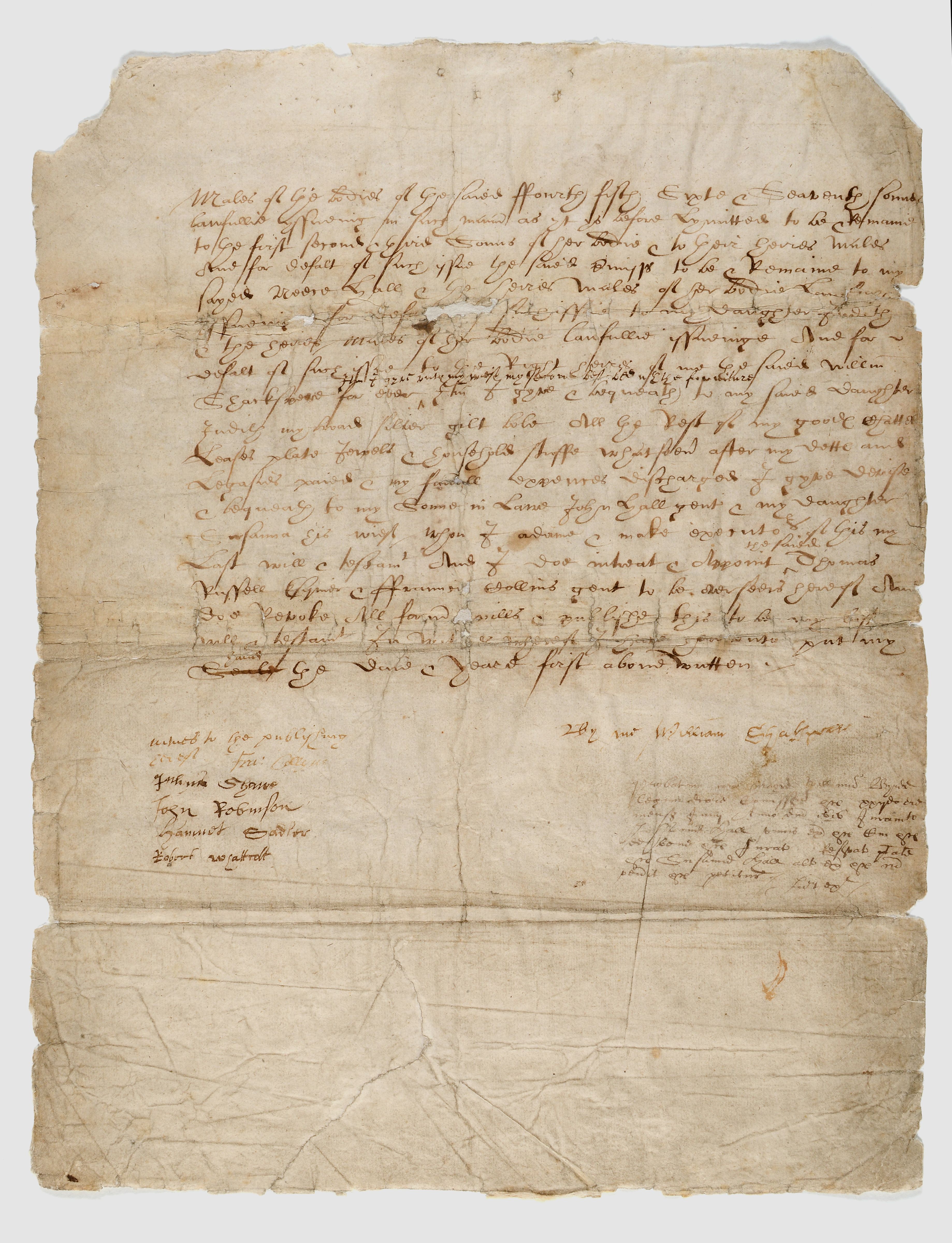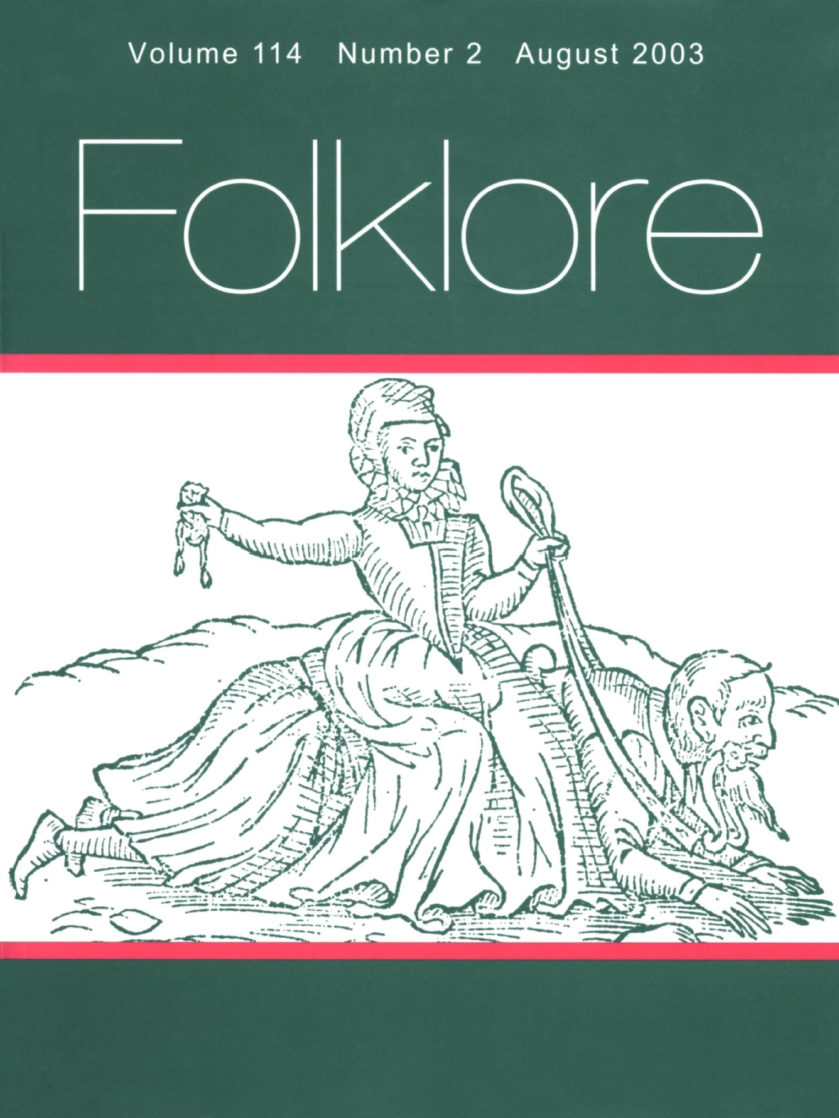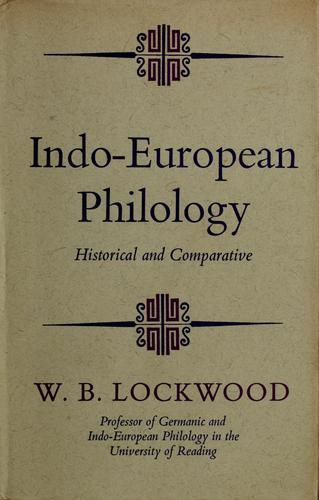|
Elpidifor Barsov
Elpidifor Vasilyevich Barsov (Елпидифор Васильевич Барсов, 13 November 1836, v. Loginovo, Nizhny Novgorod Governorate, Russian Empire, — 15 April 1917, Moscow, Russia) was a Russian Empire literary historian, ethnographer, folklorist, archeologist and philologist, specializing in the ancient Russian written language. Barsov, a member of the Saint Petersburg Imperial Academy of Sciences (1873), and Moscow Imperial Archeological society (1874) was the owner of the country's largest palaeographic collection, as well as numerous priceless documents concerning the history of Raskol in Russia and the Old Believers Old Believers or Old Ritualists, ''starovery'' or ''staroobryadtsy'' are Eastern Orthodox Christians who maintain the liturgical and ritual practices of the Russian Orthodox Church as they were before the reforms of Patriarch Nikon of Moscow bet ...' literature. [...More Info...] [...Related Items...] OR: [Wikipedia] [Google] [Baidu] |
Nizhny Novgorod
Nizhny Novgorod ( ; rus, links=no, Нижний Новгород, a=Ru-Nizhny Novgorod.ogg, p=ˈnʲiʐnʲɪj ˈnovɡərət ), colloquially shortened to Nizhny, from the 13th to the 17th century Novgorod of the Lower Land, formerly known as Gorky (, ; 1932–1990), is the administrative centre of Nizhny Novgorod Oblast and the Volga Federal District. The city is located at the confluence of the Oka and the Volga rivers in Central Russia, with a population of over 1.2 million residents, up to roughly 1.7 million residents in the urban agglomeration. Nizhny Novgorod is the sixth-largest city in Russia, the second-most populous city on the Volga, as well as the Volga Federal District. It is an important economic, transportation, scientific, educational and cultural center in Russia and the vast Volga-Vyatka economic region, and is the main center of river tourism in Russia. In the historic part of the city there are many universities, theaters, museums and churches. The city ... [...More Info...] [...Related Items...] OR: [Wikipedia] [Google] [Baidu] |
Palaeography
Palaeography ( UK) or paleography ( US; ultimately from grc-gre, , ''palaiós'', "old", and , ''gráphein'', "to write") is the study of historic writing systems and the deciphering and dating of historical manuscripts, including the analysis of historic handwriting. It is concerned with the forms and processes of writing; not the textual content of documents. Included in the discipline is the practice of deciphering, reading, and dating manuscripts, and the cultural context of writing, including the methods with which writing and books were produced, and the history of scriptoria. The discipline is one of the auxiliary sciences of history. It is important for understanding, authenticating, and dating historic texts. However, it generally cannot be used to pinpoint dates with high precision. Application Palaeography can be an essential skill for historians and philologists, as it tackles two main difficulties. First, since the style of a single alphabet in each given la ... [...More Info...] [...Related Items...] OR: [Wikipedia] [Google] [Baidu] |
1917 Deaths
Events Below, the events of World War I have the "WWI" prefix. January * January 9 – WWI – Battle of Rafa: The last substantial Ottoman Army garrison on the Sinai Peninsula is captured by the Egyptian Expeditionary Force's Desert Column. * January 10 – Imperial Trans-Antarctic Expedition: Seven survivors of the Ross Sea party were rescued after being stranded for several months. * January 11 – Unknown saboteurs set off the Kingsland Explosion at Kingsland (modern-day Lyndhurst, New Jersey), one of the events leading to United States involvement in WWI. * January 16 – The Danish West Indies is sold to the United States for $25 million. * January 22 – WWI: United States President Woodrow Wilson calls for "peace without victory" in Germany. * January 25 ** WWI: British armed merchantman is sunk by mines off Lough Swilly (Ireland), with the loss of 354 of the 475 aboard. ** An anti- prostitution drive in San Francisco occurs, ... [...More Info...] [...Related Items...] OR: [Wikipedia] [Google] [Baidu] |
Folklorists From The Russian Empire
Folklore studies, less often known as folkloristics, and occasionally tradition studies or folk life studies in the United Kingdom, is the branch of anthropology devoted to the study of folklore. This term, along with its synonyms, gained currency in the 1950s to distinguish the academic study of traditional culture from the folklore artifacts themselves. It became established as a field across both Europe and North America, coordinating with ''Volkskunde'' (German), ''folkeminner'' ( Norwegian), and ''folkminnen'' (Swedish), among others. Overview The importance of folklore and folklore studies was recognized globally in 1982 in the UNESCO document "Recommendation on the Safeguarding of Traditional Culture and Folklore". UNESCO again in 2003 published a Convention for the Safeguarding of the Intangible Cultural Heritage. Parallel to these global statements, the American Folklife Preservation Act (P.L. 94-201), passed by the United States Congress in conjunction with the Bicent ... [...More Info...] [...Related Items...] OR: [Wikipedia] [Google] [Baidu] |
Ethnographers From The Russian Empire
Ethnography (from Greek ''ethnos'' "folk, people, nation" and ''grapho'' "I write") is a branch of anthropology and the systematic study of individual cultures. Ethnography explores cultural phenomena from the point of view of the subject of the study. Ethnography is also a type of social research that involves examining the behavior of the participants in a given social situation and understanding the group members' own interpretation of such behavior. Ethnography in simple terms is a type of qualitative research where a person puts themselves in a specific community or organization in attempt to learn about their cultures from a first person point-of-view. As a form of inquiry, ethnography relies heavily on participant observation—on the researcher participating in the setting or with the people being studied, at least in some marginal role, and seeking to document, in detail, patterns of social interaction and the perspectives of participants, and to understand these in ... [...More Info...] [...Related Items...] OR: [Wikipedia] [Google] [Baidu] |
1836 Births
Events January–March * January 1 – Queen Maria II of Portugal marries Prince Ferdinand Augustus Francis Anthony of Saxe-Coburg-Gotha. * January 5 – Davy Crockett arrives in Texas. * January 12 ** , with Charles Darwin on board, reaches Sydney. ** Will County, Illinois, is formed. * February 8 – London and Greenwich Railway opens its first section, the first railway in London, England. * February 16 – A fire at the Lahaman Theatre in Saint Petersburg kills 126 people."Fires, Great", in ''The Insurance Cyclopeadia: Being an Historical Treasury of Events and Circumstances Connected with the Origin and Progress of Insurance'', Cornelius Walford, ed. (C. and E. Layton, 1876) p76 * February 23 – Texas Revolution: The Battle of the Alamo begins, with an American settler army surrounded by the Mexican Army, under Santa Anna. * February 25 – Samuel Colt receives a United States patent for the Colt revolver, the first revolving barrel multishot firearm. ... [...More Info...] [...Related Items...] OR: [Wikipedia] [Google] [Baidu] |
Russian Folklore
Folklore of Russia is folklore of Russians and other ethnic groups of Russia. Russian folklore takes its roots in the pagan beliefs of ancient Slavs and now is represented in the Russian fairy tales. Epic Russian bylinas are also an important part of Slavic paganism. The oldest bylinas of Kievan cycle were recorded in the Russian North, especially in Karelia, where most of the Finnish national epic Kalevala was recorded as well. In the late 19th-century Russian fairy tales began being translated into English, with ''Russian Folk Tales'' (1873) by William Ralston, and ''Tales and Legends from the Land of the Tzar'' (1890) by Edith Hodgetts. Many Russian fairy tales and bylinas have been adapted for animation films, or for feature movies by prominent directors such as Aleksandr Ptushko (''Ilya Muromets'', '' Sadko'') and Aleksandr Rou ('' Morozko'', '' Vasilisa the Beautiful''). Some Russian poets, including Pyotr Yershov and Leonid Filatov, made a number of well-known ... [...More Info...] [...Related Items...] OR: [Wikipedia] [Google] [Baidu] |
Northern Krai
Northern Krai (russian: Северный край, ''Severny Krai'') was a ''krai'' (a first-level administrative and municipal unit) of the Russian Soviet Federative Socialist Republic from 1929 to 1936. Its seat was in the city of Arkhangelsk. The krai was located in the North of European Russia, and its territory is currently divided between Arkhangelsk, Vologda, Kostroma, and Kirov Oblasts, the Nenets Autonomous Okrug, and the Komi Republic. History The krai was established on January 14, 1929 by the All-Russian Central Executive Committee. The territory of the krai was formed from three governorates (Arkhangelsk, Vologda, and Northern Dvina) and the Komi-Zyryan Autonomous Oblast. On July 15, 1929 the All-Russian Central Executive Committee issued a decree splitting Northern Krai (with the exception of the Komi-Zyryan Autonomous Oblast, which remain as a single unit with the seat in Ust-Sysolsk, and the islands of Vaygach, Kolguev, Matveyev, Novaya Zemlya, Solov ... [...More Info...] [...Related Items...] OR: [Wikipedia] [Google] [Baidu] |
Old Believers
Old Believers or Old Ritualists, ''starovery'' or ''staroobryadtsy'' are Eastern Orthodox Christians who maintain the liturgical and ritual practices of the Russian Orthodox Church as they were before the reforms of Patriarch Nikon of Moscow between 1652 and 1666. Resisting the accommodation of Russian piety to the contemporary forms of Greek Orthodox worship, these Christians were anathematized, together with their ritual, in a Synod of 1666–67, producing a division in Eastern Europe between the Old Believers and those who followed the state church in its condemnation of the Old Rite. Russian speakers refer to the schism itself as ''raskol'' (), etymologically indicating a "cleaving-apart". Introduction In 1652, Patriarch Nikon (1605–1681; patriarch of the Russian Orthodox Church from 1652 to 1658) introduced a number of ritual and textual revisions with the aim of achieving uniformity between the practices of the Russian and Greek Orthodox churches. Nikon, having no ... [...More Info...] [...Related Items...] OR: [Wikipedia] [Google] [Baidu] |
Pre-Christian Slavic Writing
Pre-Christian Slavic writing is a hypothesized writing system that may have been used by the Slavs prior to Christianization and the introduction of the Glagolitic and Cyrillic alphabets. No extant evidence of pre-Christian Slavic writing exists, but early Slavic forms of writing or proto-writing may have been mentioned in several early medieval sources. Evidence from early historiography The 9th-century Bulgarian writer Chernorizets Hrabar, in his work ''An Account of Letters'' ( cu, О писмєньхъ, ''O pismenĭhŭ''), briefly mentions that, before becoming Christian, Slavs used a system he had dubbed "strokes and incisions" or "tallies and sketches" in some translations (Old Church Slavonic: , ''črŭty i rězy''). He also provided information critical to Slavonic palaeography with his book. Another contemporaneous source, Thietmar of Merseburg, describing a Rethra temple remarked that the idols there had their names carved out on them ("singulis nominibus insculptis," ... [...More Info...] [...Related Items...] OR: [Wikipedia] [Google] [Baidu] |
Russian Empire
The Russian Empire was an empire and the final period of the List of Russian monarchs, Russian monarchy from 1721 to 1917, ruling across large parts of Eurasia. It succeeded the Tsardom of Russia following the Treaty of Nystad, which ended the Great Northern War. The rise of the Russian Empire coincided with the decline of neighbouring rival powers: the Swedish Empire, the Polish–Lithuanian Commonwealth, Qajar Iran, the Ottoman Empire, and Qing dynasty, Qing China. It also held colonies in North America between 1799 and 1867. Covering an area of approximately , it remains the list of largest empires, third-largest empire in history, surpassed only by the British Empire and the Mongol Empire; it ruled over a population of 125.6 million people per the Russian Empire Census, 1897 Russian census, which was the only census carried out during the entire imperial period. Owing to its geographic extent across three continents at its peak, it featured great ethnic, linguistic, re ... [...More Info...] [...Related Items...] OR: [Wikipedia] [Google] [Baidu] |
Philologist
Philology () is the study of language in oral and written historical sources; it is the intersection of textual criticism, literary criticism, history, and linguistics (with especially strong ties to etymology). Philology is also defined as the study of literary texts as well as oral and written records, the establishment of their authenticity and their original form, and the determination of their meaning. A person who pursues this kind of study is known as a philologist. In older usage, especially British, philology is more general, covering comparative and historical linguistics. Classical philology studies classical languages. Classical philology principally originated from the Library of Pergamum and the Library of Alexandria around the fourth century BC, continued by Greeks and Romans throughout the Roman/Byzantine Empire. It was eventually resumed by European scholars of the Renaissance, where it was soon joined by philologies of other European ( Germanic, Celti ... [...More Info...] [...Related Items...] OR: [Wikipedia] [Google] [Baidu] |









